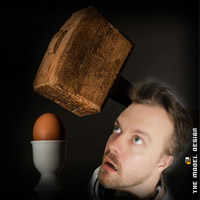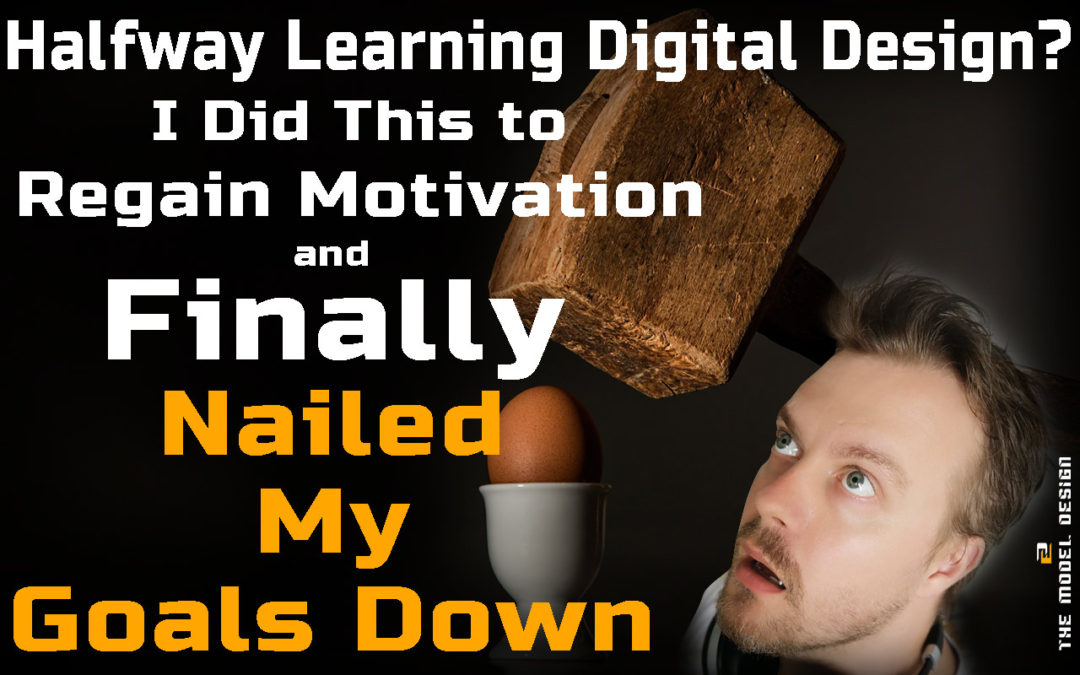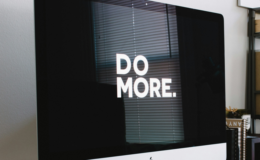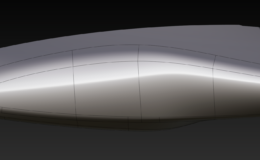There might be a moment in your digital design career, especially during early to mid learning phases, where you find yourself simply being tired of your work, which in turn might cause you loosing charisma and dropping back a bit. By now you might have put a tremendous effort, but don’t quite see the results. This is the time to ask yourself many questions regarding the right direction of your development, such us: where to go next, how to move further and nail your goals down to become a digital modeling pro?
How to achieve total proficiency in digital modeling? If you fall into a learning black hole, don’t continue the well-trodden path. Instead, get involved in a wide range of other activities that will help you develop skills needed to take your digital modeling to the top. At first glance, the activities might seem like being only remotely linked to your 3D sculptor career path, as they have little to do with sedentary work style in a closed office environment. However, by performing these actions, your problem solving abilities through digital architecture and visual modeling will become a natural phenomenon that comes from within you.
Getting close with 3D Modeling
Digital modeling was something that you were always geared towards. As soon as you decided to master 3D design, it became your everyday life. Your progress grew exponentially until it reached a brick wall. I carried out a research within a group of my fellow modelers. The question in contention was: When and if you have ever hit a brick wall while learning 3D automotive modeling? 9 out of 10 participants replied: Yes, I have hit a brick wall at some point of my career. The results are as follow:
- 90% lost charisma in early stages of learning. They considered changing their profession
- 80% hit stagnation in first 5 months of their career
- 70% went on holiday or took a break to regain motivation
- 70% considered becoming a clay modeler instead
- 60% considered developing sketching abilities instead
- 50% went on mastering other modeling packages
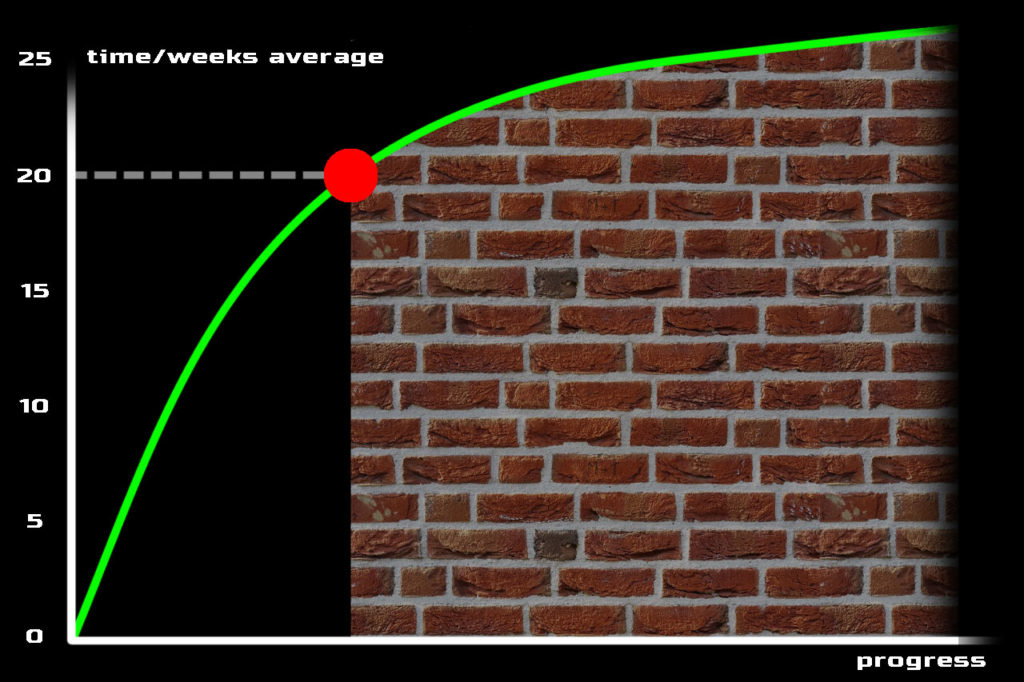
It seems like the recipe for moving further forward is buried somewhere between nuances of YouTube tutorials and other Internet gurus. The truth is however, that you could sacrifice your time and money, and often didn’t get much of a positive feedback.
On one hand, there is nothing worse than reaching this burned-out stage, on the other hand though, Well done You! Getting your knowledge to this level also counts as a substantial achievement. From here, you can take it further. You just need to learn the process. I want you to know that you are not alone. I know how it feels. I was there too. Here is how I managed. Here is how you can.
Step back, evaluate, build up your models, progress further
First of all, calm down. Being nervous will take you to nowhere. In fact, it can only make things worse. When deadlines are coming in big steps loosing sleep at night or biting the remnants of your nails will only throw oil on that bonfire. Instead, step back and take a look at your progress. Estimate where you were last year and where you are now. Perfection is the ultimate goal, but at this stage progress and productivity matters most. Remember to do this estimation all cool and casual. Don’t give yourself too much pressure. Find a leeway-rigor balance when objectively looking back at your progress. How long took you to model this last year and how long would it take today? Would the quality of your work improve, if you were to remodel it? Would you do anything differently, if given a second chance? Very often on completion of a project there is a time to step back to cold evaluate what could have been done better.
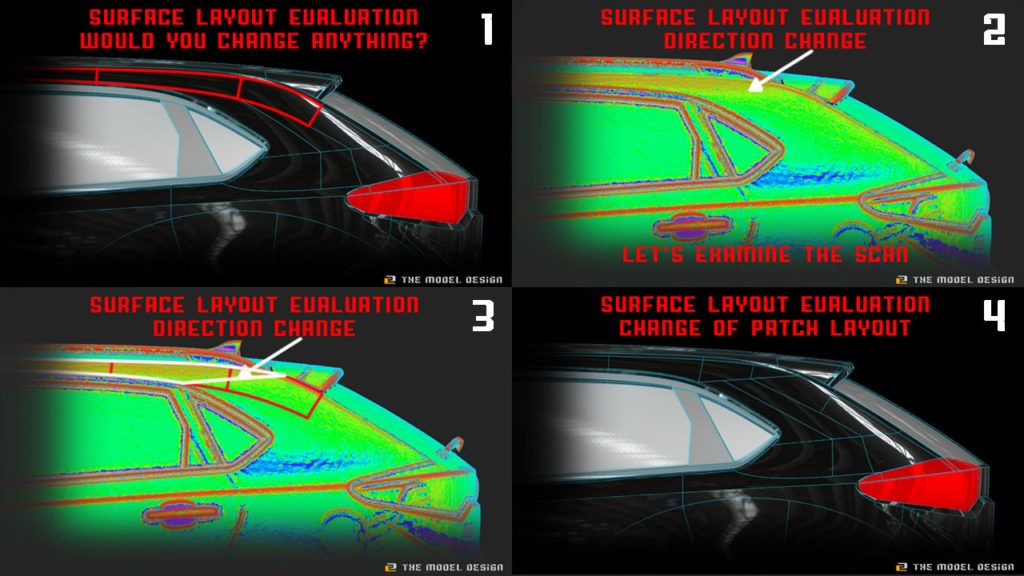
Go back to the beginning and remind yourself why you started modeling at first place? Get very sentimental, preferably with a glass of wine. Consider many scenarios. Think about other career opportunities you might have in your life. What else are you good at? Is there anything that surpasses the digital modeler career? Did you get yourself into this industry because you wanted to take your 2d sketches a step further to see how they present themselves in digital reality? Or maybe you were not that much into sketching and wanted to create tangible results right off the bat? Whatever your story is, go back to that mind set and start asking questions about what you really want.
At some point, it might be worth going back to hand sketching. By many, it is a highly underrated skill. People usually want to go right to the computer program. You might not realize that sketching develops your creative design thinking much faster than any 3d program. It takes a lot longer to get design ideas out on the computer, than it does through a quick thumbnail paper sketch. Don’t worry if your sketches are not that visually appealing. It’s the idea that matters, not quality of your line strokes. Keep a sketchbook around and sketch every time new idea comes along. After a while, you will be able to thumb through a lot of ideas very quickly. While doing this you can very early start thinking about the technical aspects of the design that you will need for your 3D modeling.
Be smart, develop your 3D modeling skills this way
Treat yourself to a productive holiday. And I am not talking here about leaving “this all behind”. You don’t have to stay in a hotel room at some exotic destination feeling guilty of your slower than usual career progress and that tonnes of 3D modeling work is waiting for you back home. Instead, it’d might be a good idea to get your camera and visit a car show, a car dealership, a motor sport event. You can also pick other disciplines and follow a 3d character modeling event of e.g. Z-brush. Such live gatherings give tones of inspirations, reveal new tools, new approaches to modeling. You will be able to feed your eyes with fascinating images that will stay in your memory for years and give you boost of new ideas when back at your desk.
If you feel that all of these cause too much confusion at this stage, just try something else for a time. It could be closely related to your career pursues, but it’s somewhat easier or requires less time to learn and gives faster effects. How about trying a polygon subdivision modeling application such as MODO, or some free hand nature sketching tutorials? The replacement discipline of your choice should be as close to your ultimate career goals as possible.
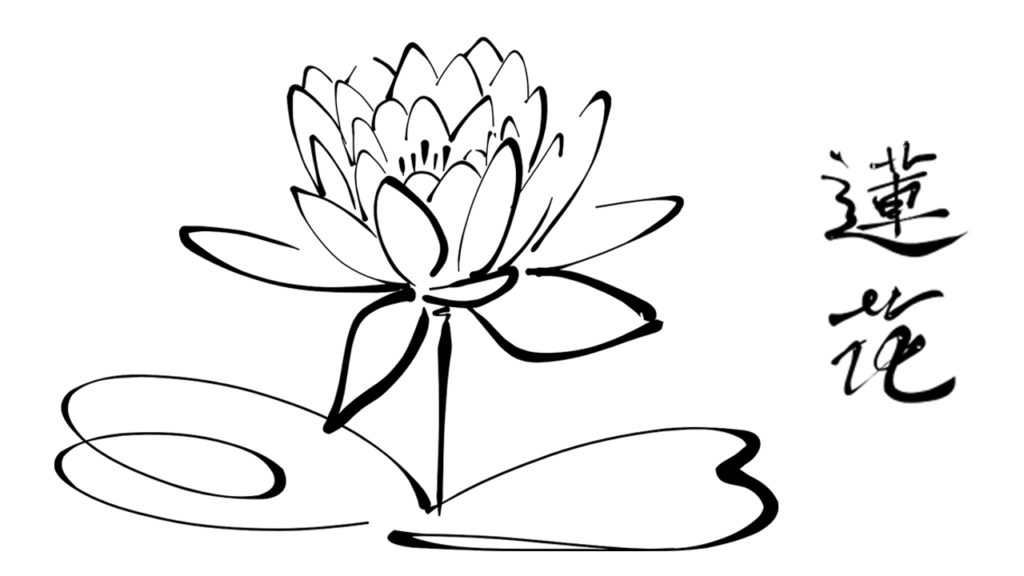
Wake up a child in yourself and sign up for a pottery course. The craft can take your mind off everything. With its relaxing and calming attributes it’s quite therapeutic. Some people even compare it to meditation, as working with precision sculpting requires concentration. You will be dealing with a lot of clay which will be there only for you to shape out. It’s quite a responsibility, but it’s fun too. If your inner child is not quite awake yet, try playing with Lego Blocks. Stacking blocks sharpens your hand-eye coordination. It will also spark your creativity as well as help you calm down and relax. Quickly you will realize that digital modeling can be just like block building. If you played Lego as a child, get back to it. You can even get one of the Lego Technic of Bugatti Chiron or similar to try you hands on.
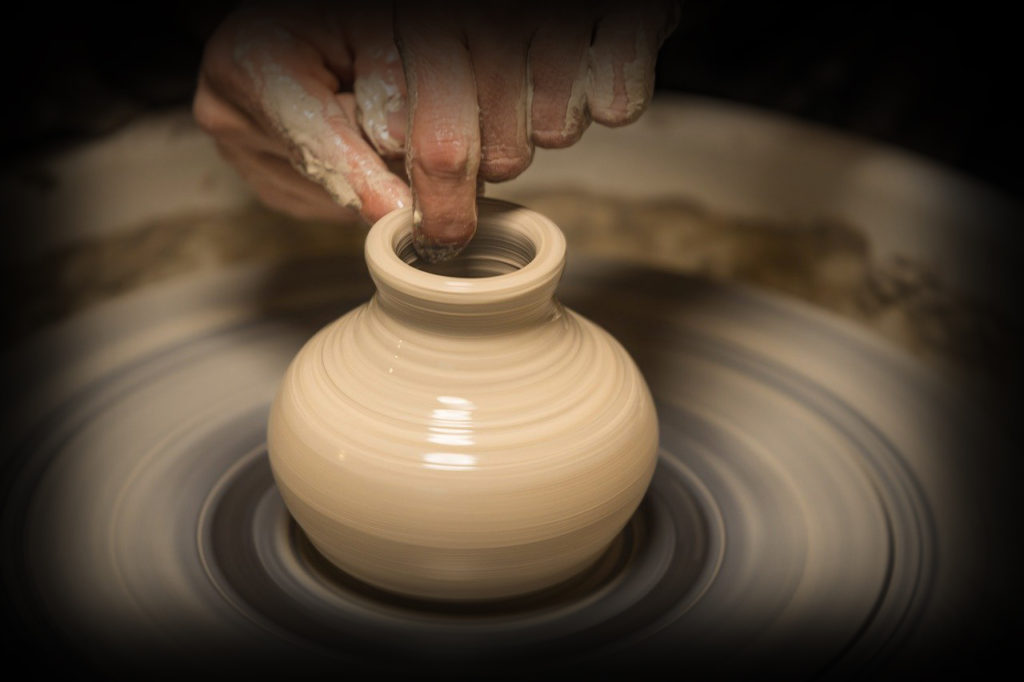
Find people to talk, consult and exchange ideas. Learn from your peers, mentors, critics. You need to get your work out there in front of other people and let them actually respond to it. Find internships or mentorships and people who will actually sit down with you and lead you through. Listen to constructive criticism, and don’t take it personally.

The Rubik Cube really worked for me in an entertaining, educational sort of way. Fundamentally, it didn’t teach me how to better understand 3D modelling as such, it rather allowed me to understand the immense possibilities of math-lab. The way that the Rubik Cube is solved will give you some understanding of power of algorithm by the application of sets of moves. As you progress closer to the end, any color arrangement that you are making destroys the progress that you have already made in solving it. As you advance further, you have to keep track of more pieces and their movement. It’s similar to arranging hulls and CVs in geometrical models, especially when having the history active, where one minor alteration triggers many other subsequent changes.
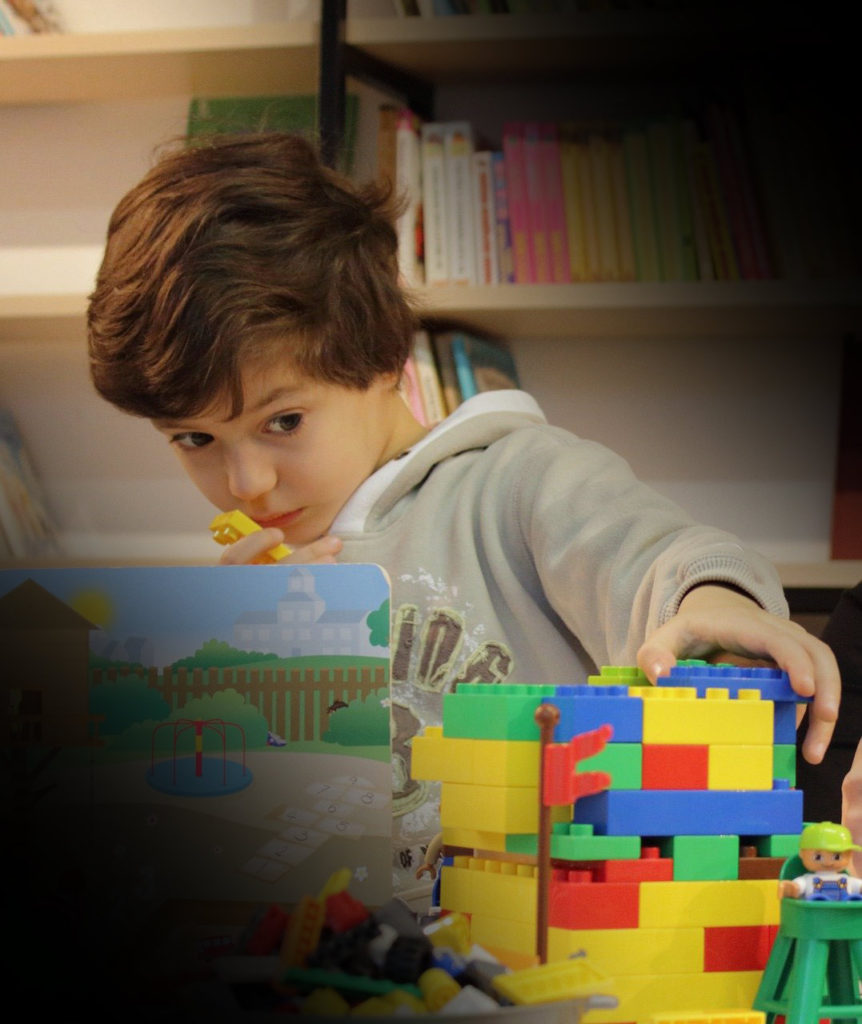
Maybe you are approaching learning the wrong way? Find the education method that will broaden your knowledge from A to Z. Avoid courses that lack comprehensive explanation, but instead magically reveal brilliant results or cut off streaming in the middle of a tutorial only to show you a finished, unblemished product. Remember that many educational materials are to lead you to make a purchase.
Come back stronger, become better digital designer
Be ready to loose enthusiasm. It’s a natural thing, just understand how human beings work. One day you might feel like working 12 hours a day. It happens when you get very excited about something and see results of your efforts. Maybe you have just learned some new tools and like the way they work. Some other time, you may not feel like getting off the bed at all. It happens when you simply get used to your digital models by constantly staring at them. You quickly forget your progress and only look forward for more, constantly being dissatisfied, even a bit frustrated. Just remember that everybody needs a boost of motivation from time to time.
Go ahead and see some existing designs and think how great it would be, if you could make them yourself. There is nothing wrong with copying other people’s work methods at this stage of gaining skills. Find your hero and follow his tips on work flow, geometry creation, topology modification etc. You can also decompose into prime factors objects around you, e.g. visualize the geometry lattice of existing cars in the street. Can you notice any highlights imperfections, any flat spots?
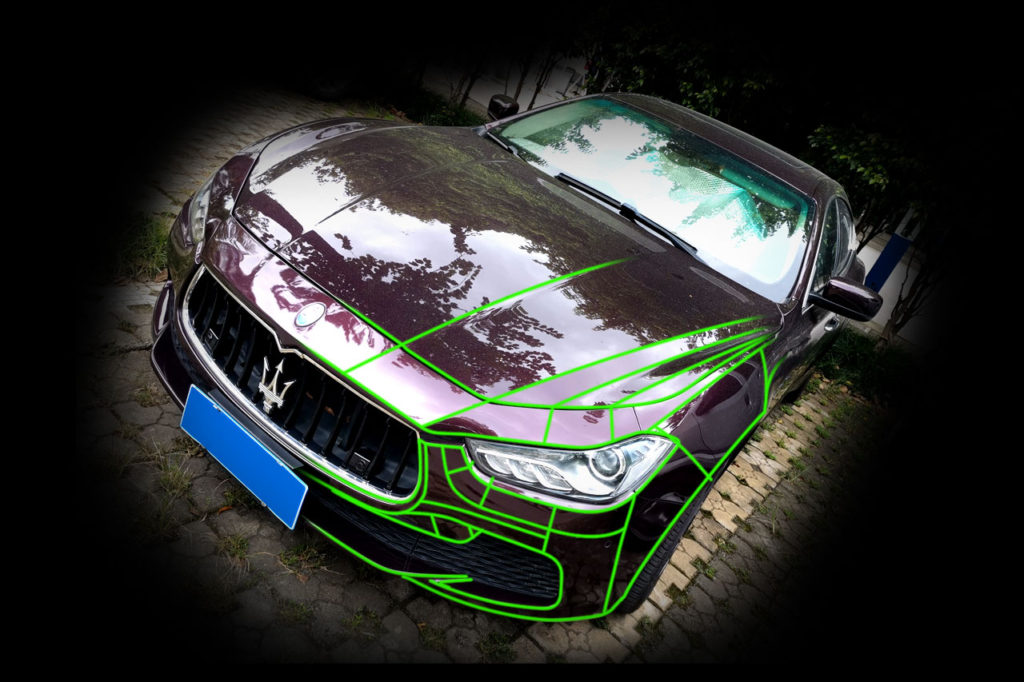
Surround yourself with some cool art depictions or interesting objects of your choice. They should keep you fascinated and motivated about design. You will appreciate fine art much more by taking in the inspiring images and objects.
If you see good design – get excited! If you see bad design – get pedantic. Ask yourself how would you approach this problem if given a chance.
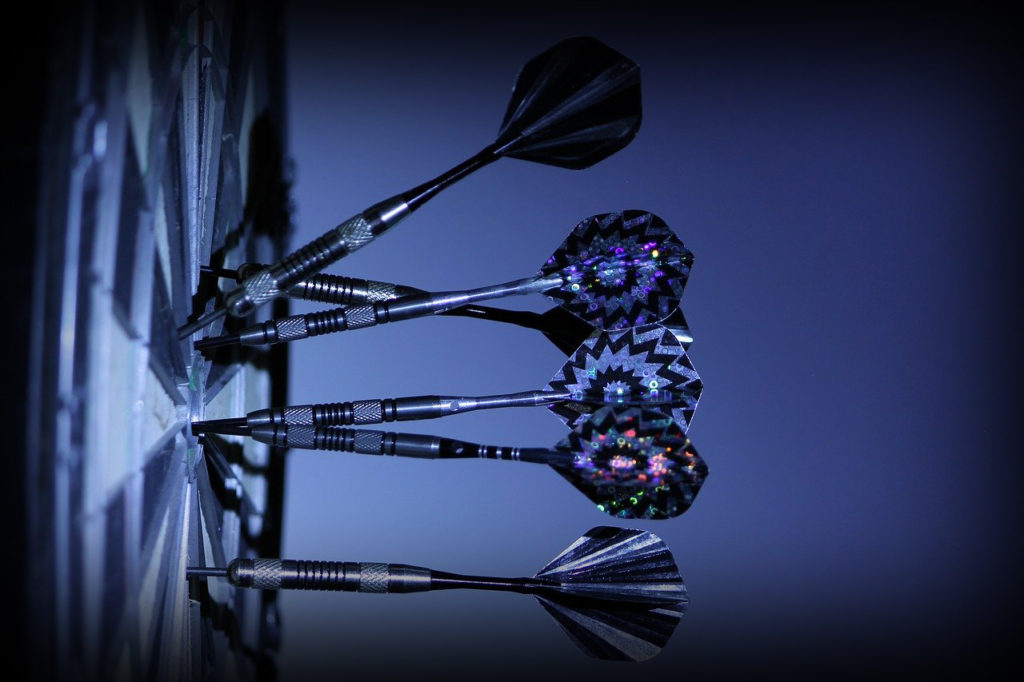
By applying the above suggestions to your approach towards learning 3D modeling you will progress while having fun without even realizing that these activities contribute to you becoming a better digital modeler.
